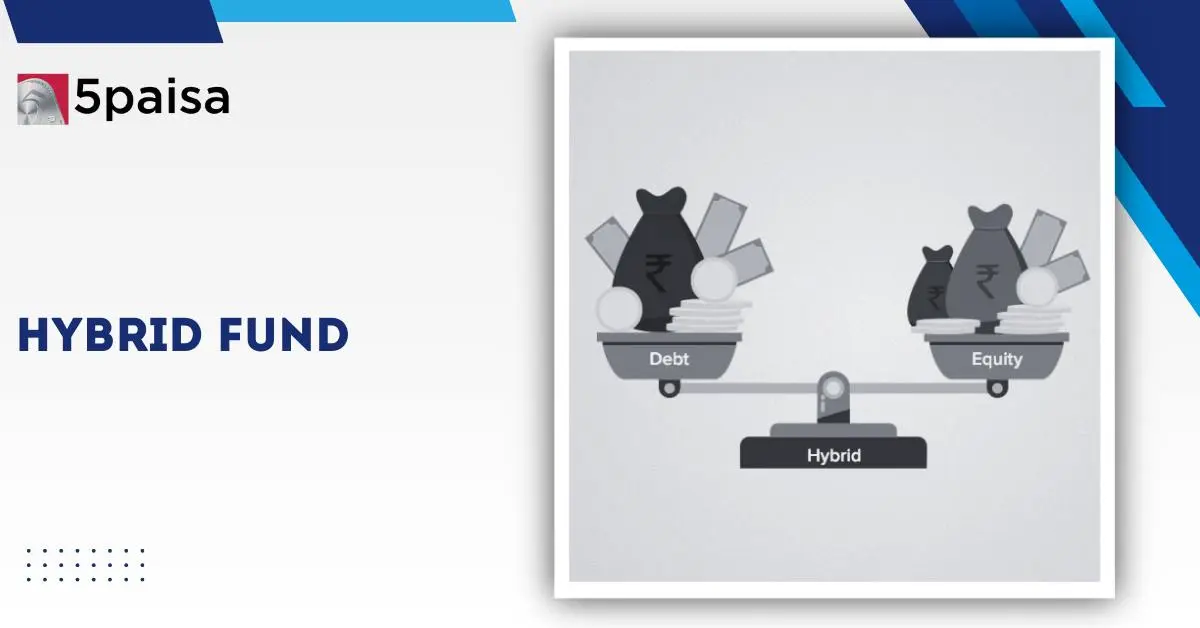Content
- What is a Hybrid Mutual Fund?
- Types of Hybrid Mutual Funds
- Everything You Should Know About Hybrid Fund Features
- Advantages of Investing in Hybrid Mutual Funds
- Disadvantages of Investing in Hybrid Mutual Funds
- Step-by-Step Guide to Investing in Hybrid Mutual Funds
- How to Select the Right Hybrid Mutual Fund in India?
- Tax Implications on Hybrid Mutual Funds
- How the Equity Allocation Works in Hybrid Funds?
- What Role Does Debt Play in Hybrid Funds?
- Conclusion
In the dynamic environment of modern finance, investors are always on the lookout for strategies that strike the right balance between risk and return. While equity markets can be volatile and uncertain, conventional fixed-income options often fall short in terms of returns.
Hybrid mutual funds offer a compelling solution by merging the high-growth potential of stocks with the steady nature of debt investments, providing a well-rounded and stable investment avenue.
Whether you’re new to investing or planning to diversify your investment portfolio, hybrid funds offer a unique investment solution. They are designed to meet the needs of investors who want a mix of safety, income, and long-term capital appreciation.
This detailed article breaks down what hybrid mutual funds are, how they work, and why they can be a valuable part of your financial strategy.
More Articles to Explore
- Difference between NSDL and CDSL
- Lowest brokerage charges in India for online trading
- How to find your demat account number using PAN card
- What are bonus shares and how do they work?
- How to transfer shares from one demat account to another?
- What is BO ID?
- Open demat account without a PAN card - a complete guide
- What are DP charges?
- What is DP ID in a demat account
- How to transfer money from demat account to bank account
Disclaimer: Investment in securities market are subject to market risks, read all the related documents carefully before investing. For detailed disclaimer please Click here.
Frequently Asked Questions
Hybrid funds are suitable for those investors who are seeking moderate risk with significant growth potential. They work well for first-time investors, retirees, or anyone looking for a balanced investment option.
Yes, conservative hybrid funds that invest more in debt can offer regular income through dividend payouts or monthly income plans, depending on the mutual fund type.
Most hybrid mutual funds allow investments as low as ₹500 through SIPs or ₹5,000 as a lump sum.



